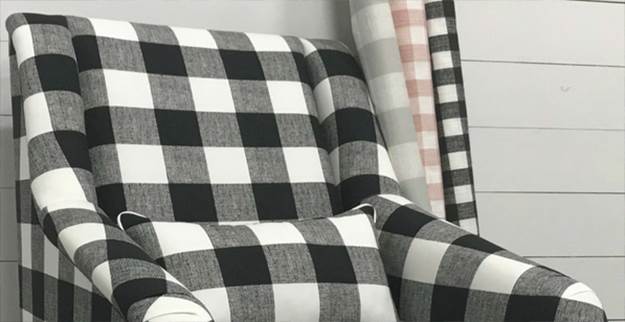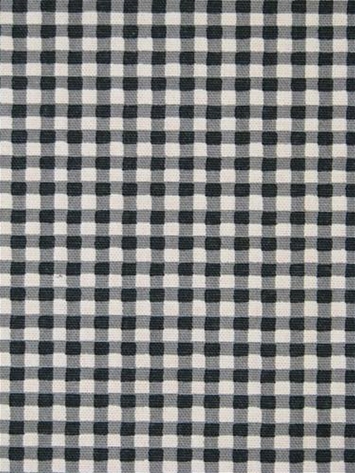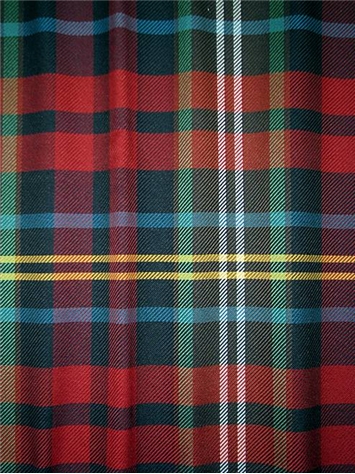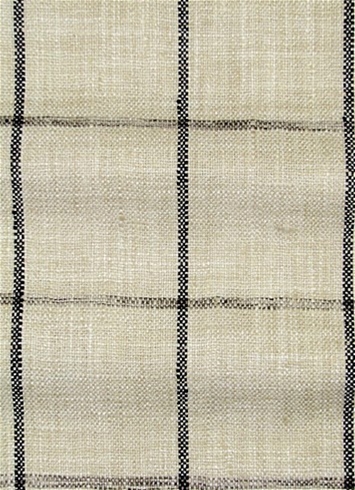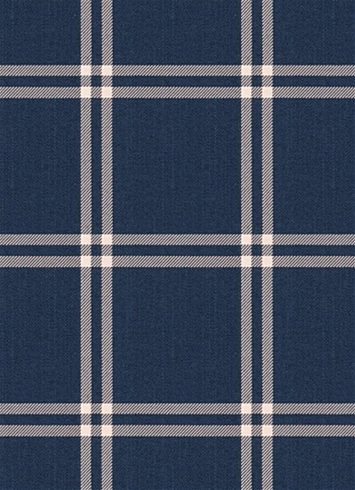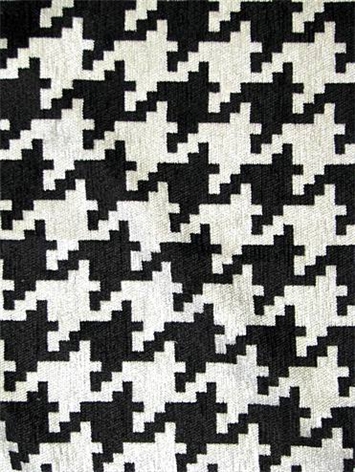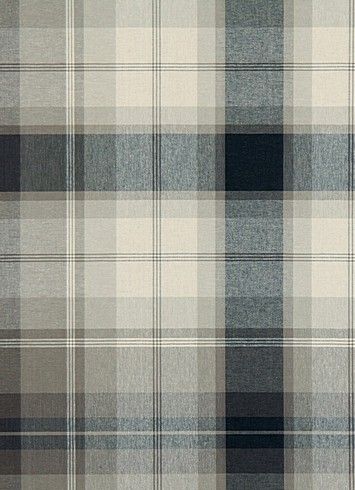Plaids are always a classic look for home or fashion, so we put together an easy guide to help understand the different types and their uses. From Buffalo Check to Window pane plaids we have you covered.
Buffalo Check
Buffalo check or plaid has become one of the hottest trending items. Buffalo plaid is composed of large blocks formed by the intersection of two different color yarns, typically red and black. It originated from Woolwich Woolen Mills, where the company began producing the Buffalo Check shirt around 1850 and it was made only from wool. Today you can find this plaid pattern in a variety of colors and materials, it is a classic look that can be dressed up or give a casual homey feel. Buffalo check can range from 1 ½ to 6 inches, gingham is usually no larger than ¼ inch. The large pattern can be challenging to match but looks fabulous. Check out this Vintage Refined blog for ideas on using P Kaufmann fabric Check Please Lakeland. Although it is a strong design, Buffalo check goes very well with other patterns because it has a balanced structure
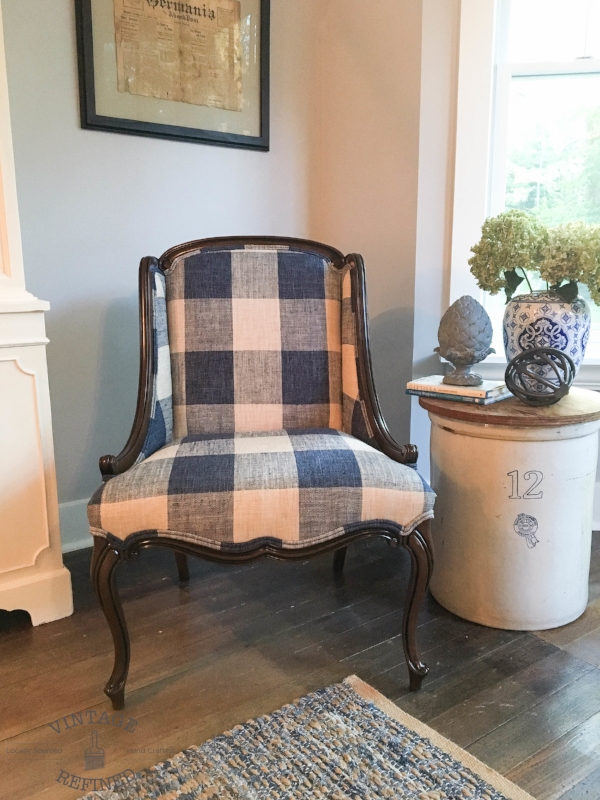
http://www.vintagerefined.com/blog/2016/8/6/my-20-craigslist-chair
Gingham
Gingham Plaid is also made up of alternating colored yarns that intersect but on a much smaller scale. When originally imported into Europe in the 17th century, gingham was a striped fabric, though now it is distinguished by its checkered pattern.
From the mid-18th century, when it was being produced in the mills of Manchester England, it started to be woven into checkered or plaid patterns (often blue and white). Gingham fabrics work great as coordinates for larger plaid styles, stripes and floral prints. It is another classic style that is versatile and timeless. Waverly fabric Gingham Charcoal https://www.housefabric.com/Waverly-Gingham-Charcoal-P238382.aspx
Tartan Plaid
Tartan is a Scottish word that means plaid. Each color of Tartan was traditionally named for the clans that they represented. 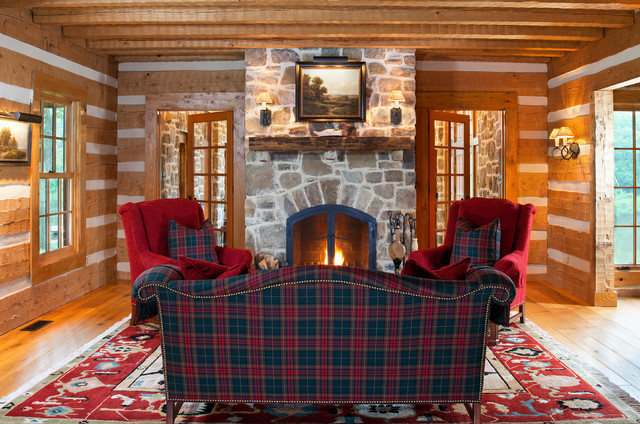
Tartan is a pattern consisting of criss-crossed horizontal and vertical bands in multiple colors that originated in woven wool, but now they are made in many other materials. Tartan plaids are very traditional looking patterns rich in color and can be used for upholstery, window treatments and bedding. Tartans give a rustic or lodge like feel. Our best selling tartan plaid Mactavish Tartan.
Window Pane
The windowpane check is a pattern that resembles the pattern of panes on a window. The stripes that cross to form windowpane checks are often thicker and farther apart than the pattern found in graph checks. Window Pane Plaids open pattern makes it a great companion for other smaller more busy plaids and patterns.
Houndstooth
by broken checks or abstract four-pointed shapes, often in black and white, although other colors are used. The traditional houndstooth check is made with alternating bands of four dark and four light threads in both warp and weft woven in a simple twill pattern. In an early reference to houndstooth, De Pinna, a new York–based men’s and women’s high-end clothier founded in 1885, included houndstooth checks along with gun club checks and Scotch plaids as part of its 1933 spring men’s suits collection.
Houndog Black is a contemporary take on the classic houndstooth style with its oversized, chunky pattern. Add a mid-century modern touch or a more classic style with a smaller and more subtle houndstooth pattern. Houndog Black https://www.housefabric.com/Houndog-Black-White-P102467.aspx. Houndstooth fabric can be found in a variety of weights and colors making it a go to classic for upholstery, accents and more.
Glen
Glen plaid, also known as the Prince of Wales check, is a pattern most commonly found in suits. 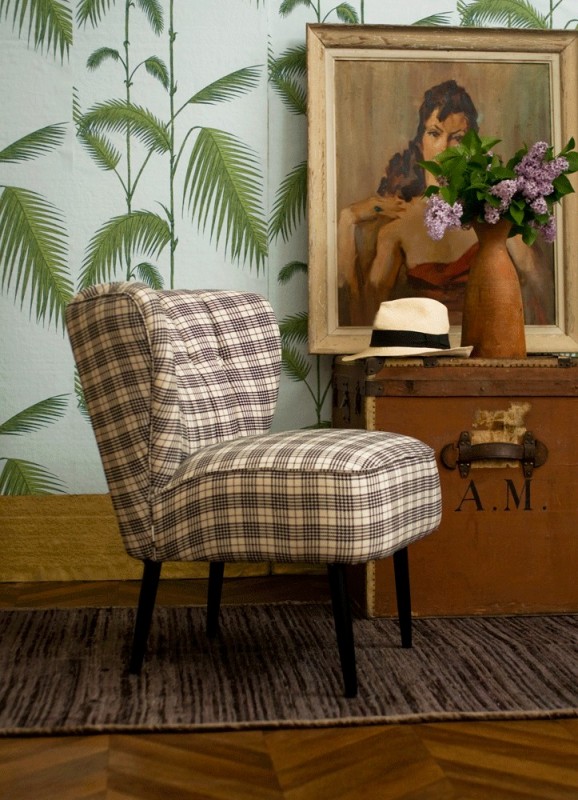 It is woven in a twill pattern and consists of broken checks where a conglomerate of alternating dark stripes and light stripes cross each other to create a pattern of small and large checks. This pattern is usually done in a muted color with white. Glen Plaids make beautiful drapery, accents and bedding.
It is woven in a twill pattern and consists of broken checks where a conglomerate of alternating dark stripes and light stripes cross each other to create a pattern of small and large checks. This pattern is usually done in a muted color with white. Glen Plaids make beautiful drapery, accents and bedding.
Tatersall
Tattersall describes a check or plaid pattern woven into cloth. During the 18th century at Tattersall’s horse market blankets with this checked pattern were sold for use on horses. Today tattersall is a common pattern, often woven in cotton, particularly in flannel, used for shirts or vests. Tatersall fabric’s are good to add an equestrian or rugged feel to your decor. Traditional shirts of this cloth are often used by horseback riders in formal riding attire. The small pattern also makes it a great companion fabric for prints, stripes and textured soilds.
Madras
Madras is a pattern that originated in a city in East India, formerly named Madras. This summer fabric style is distinguished by a pattern of colorful checks and stripes. The stripes of a madras check or plaid consist of different colored stripes that cross each other to form uneven checks. Madras has become a popular “preppy” pattern for shorts and casual shirts.
Shop all our designer plaids, checks and much more everyday @housefabric!
